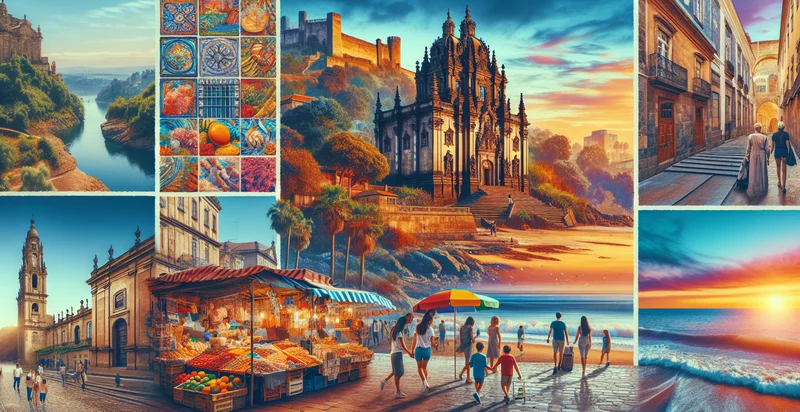Identify distance to attractions
using AI
Below is a free classifier to identify distance to attractions. Just input your text, and our AI will predict the distance to various attractions in the area. - in just seconds.

Contact us for API access
Or, use Nyckel to build highly-accurate custom classifiers in just minutes. No PhD required.
Get started
import nyckel
credentials = nyckel.Credentials("YOUR_CLIENT_ID", "YOUR_CLIENT_SECRET")
nyckel.invoke("distance-to-attractions", "your_text_here", credentials)
fetch('https://www.nyckel.com/v1/functions/distance-to-attractions/invoke', {
method: 'POST',
headers: {
'Authorization': 'Bearer ' + 'YOUR_BEARER_TOKEN',
'Content-Type': 'application/json',
},
body: JSON.stringify(
{"data": "your_text_here"}
)
})
.then(response => response.json())
.then(data => console.log(data));
curl -X POST \
-H "Content-Type: application/json" \
-H "Authorization: Bearer YOUR_BEARER_TOKEN" \
-d '{"data": "your_text_here"}' \
https://www.nyckel.com/v1/functions/distance-to-attractions/invoke
How this classifier works
To start, input the text that you'd like analyzed. Our AI tool will then predict the distance to various attractions in the area..
This pretrained text model uses a Nyckel-created dataset and has 20 labels, including Biking, Boat, Bus, Carpooling, Driving, Electric Scooter, Hiking, Hoverboarding, Motorcycling and Public Transport.
We'll also show a confidence score (the higher the number, the more confident the AI model is around the distance to various attractions in the area.).
Whether you're just curious or building distance to attractions detection into your application, we hope our classifier proves helpful.
Related Classifiers
Need to identify distance to attractions at scale?
Get API or Zapier access to this classifier for free. It's perfect for:
- Travel Planning Assistance: This function can be integrated into travel planning platforms to help users find accommodations or activities based on their proximity to various attractions. By identifying the distance to relevant landmarks, users can make more informed choices that enhance their travel experience.
- Real Estate Analysis: Real estate platforms can leverage this function to provide potential buyers with information about the distance of properties to popular attractions. This data can help buyers assess the location's desirability, impacting both property valuations and purchasing decisions.
- Event Coordination Services: Event planners can utilize the distance to attractions identifier to recommend venues that are conveniently located near popular attractions. This can enhance the overall experience for attendees by ensuring easy access to entertainment and sightseeing options.
- Local Business Marketing: Local businesses can use this function to advertise their proximity to attractions, helping to draw in tourists and visitors. By showcasing how close they are to popular sites, businesses can enhance their visibility and appeal in competitive markets.
- Transportation Services Optimization: Ride-sharing or public transport apps can use the distance identification to suggest the best routes based on proximity to attractions. This enables users to minimize travel time and costs when exploring new areas.
- Tourism Analytics: Tourism boards or agencies can leverage this function to analyze visitor trends based on distances to attractions. By understanding how distance influences attraction visits, they can tailor marketing strategies to boost tourism in specific areas.
- Personalized Itinerary Generation: Travel apps can implement this function to create personalized itineraries for users based on their preferences and the distance to chosen attractions. This feature would help streamline the travel experience by optimizing routes and suggesting visits based on closeness to user-defined interests.


